There are many ways to improve your garden and grow all the flora you desire, but your soil is one of the most foundational ways to ensure proper growth. That is why we created this ultimate guide about the various types of topsoil you can use.
You will be surprised by how such a simple thing can have a massive impact on your plants. Read on to learn more about the fantastic topsoil types and their properties.
What is Topsoil
Topsoil, sometimes also known as ‘humus,’ is the uppermost layer of soil that helps support the growth of vegetation and contributes to the health and fertility of the ground. It is generally rich in organic material such as animal waste, decaying roots, fungi, bacteria, and other microorganisms, which help break down minerals into smaller particles for plant use.
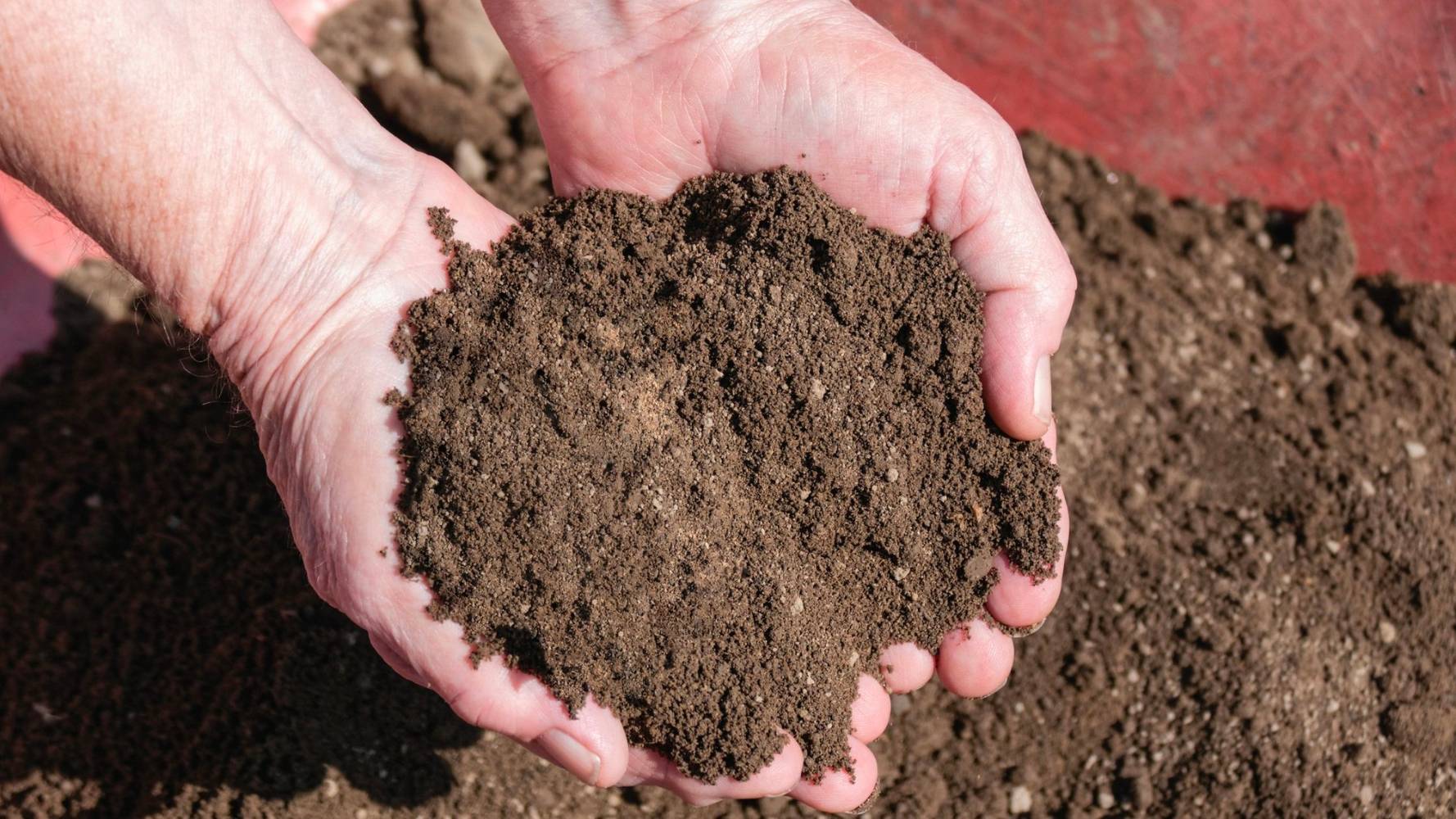
What is topsoil made from?
Depending on its location, topsoil can be composed of various things. For example, near forest areas may contain decaying leaves or pine needles, while arid regions have sandy soil with small amounts of decomposed plant matter due to their lack of flora. However, some essential components include decomposed organic matter (leaves, twigs, tree branches, etc.), minerals (sand, clay), plant & animal life, air & water.
What is topsoil used for?
You can use topsoil to grow or maintain vegetation in an area that may be unsuitable for agriculture. Natural disasters such as floods and wildfires often interrupt the natural environment, resulting in topsoil erosion, leaving no fertile land left to use for crops or to house livestock.
Topsoil is also excellent at retaining moisture which helps to promote the growth of plants, including food crops, and can help reduce irrigation costs while increasing crop yield. They are also used alongside other soil products such as fertilizers to promote robust and healthy growth. Without these organic substances, which contain carbon, it would be much more difficult for plants to survive.
How is Topsoil Formed?
Topsoil is formed over long periods by decomposing organic matter, minerals, air, and water and can take many years depending on climate, vegetation, and location. When plant material dries, it begins to decay, which causes it to release carbon dioxide into the atmosphere while at the same time releasing nutrients beneficial for growing new plants. During this process, microorganisms help break down the matter faster through mineralization, which generates heat up to 60 degrees celsius in some cases. This release of energy helps further break down the matter creating topsoil full of rich organic material.
You can often find topsoil near river beds, flood plains, and wetlands or swamps where vegetation is abundant due to their ability to retain water which helps the growth process.
When maintaining topsoil loss, several factors can help limit erosion. First, one uses techniques such as no-till farming, which allows crops to grow in shallow soil with little disturbance, keeping them intact for extended periods. The use of cover crops may also be effective in reducing topsoil loss by protecting the ground through winter months when nothing is growing, thus increasing organic material retention.
What are the different types of topsoil?
You can find many different soil types on Earth, including clay, silt, and sand. Each of these types is composed of a diverse mixture of minerals and organic materials, which means they have varying levels of water retention capability and support plant growth. Let’s take a look at these main types in a bit more detail:
Sand
Sand topsoil comes from sand particles that have been weathered over time by rain and wind erosion. It is high in nutrients but low in organic material, lacking water retention capability. It may also take centuries to create this topsoil. You can find sand topsoil in coastal areas and deserts, and its abundance of nutrients makes it ideal for cultivating plants such as cacti or other dry climate vegetation.
Sand quickly erodes and can be extremely difficult for plant life to take root and grow. It is, however, excellent at draining excess water from areas such as swamps or wetlands, which may be perfect for growing reeds or other large plants that require a lot of space.
Silt
When tiny grains wear down by rain and wind, it creates silt soil. They hold a high amount of moisture but lack nutrients, so it doesn’t support much vegetation growth. As a result, you will find silt primarily in flood plains.
While silty soil may take some time to create topsoil, it has plenty of organic material, making it great for cultivating plants that require a lot of water to survive, such as reeds or other types of mosses or lichen. The downside with these types of soils is that most silt particles are microscopic, meaning the ground itself isn’t very nutrient-rich like sand, for example. The Earth may also tend to crust over time which causes water retention issues.
Clay
Clay soil is composed of tiny particles of rocks and minerals formed over thousands of years by the erosion of rocks. It has excellent water retention capabilities but lacks organic material, so it doesn’t support much plant growth. As a result, clay soils are primarily found in low-lying areas or around large bodies of water such as lakes or rivers.
The ability to retain moisture makes clay an ideal candidate for harvesting crops that require lots of water during hot summer months. However, it’s often difficult for plant life to take root because, without organic matter, clay soil is infertile and full of hard-packed minerals that make growing things much more difficult.
Other types of soil
There are also types of soils that don’t necessarily fit into any of the above categories as they’re a mixture of clay and sand or silt. These include loams, chalk, and peatland. As there is no definitive way to classify these varying types of soil, each country can name them as they wish, and as such, you may hear them labeled with different names.
Loam
Loam soils are a mixture of silt, sand, and clay in roughly equal amounts. Loam soils have excellent water retention capability, making them perfect for growing vegetables or fruit trees. They are also very fertile because the organic material helps retain nutrients ideal for plant growth. The ideal growing conditions are somewhat dependent on the type of vegetation.
If the plant thrives in dryer climates, loam soils are suitable because they retain moisture and have good drainage properties. Plants that require more water will do better with sandy or silty soils, which hold onto moisture longer. Slower draining clay-rich soil is excellent for plants that need constant moist environments because it won’t drain away too quickly.
That begs the question, where does loam topsoil come from? When alluvial sediments carried by river systems settle out and form layers over time, it creates loam soil. It can also be made through weathering by wind and rain or through mass movements such as landslides or earthquakes. As a result, you will often find loam topsoil in various colors worldwide. For example, in North America, you may discover loam soil with a black hue, while in South Africa, the loam has a red or yellow color depending on its makeup.
Why is loam good for gardening? The nutrients in loam make it perfect for cultivating plants because they help maintain healthy organic material levels, which provides all kinds of nutrients for vegetation growth. It’s also well-draining, so excess water won’t cause issues when cultivating large vegetables or fruit trees in gardens or farms.
Sandy soils are excellent at draining excess water, but they lack organic material making them somewhat infertile, resulting in poor plant growth. On the other hand, clay soils retain moisture well, but they’re packed with minerals, making it harder for vegetation to take root. Loam is the perfect soil type for growing because it has plenty of organic material and is exceptionally nutrient-rich with good drainage properties, which means loam soil is the way to go for most plant types.
Chalk
Limestone or calcium carbonate erosion creates chalk topsoil when acid rains contact rocks. As a result, chalk soils are often very alkaline and may not be ideal for some plant types. However, there are ways to lower the pH level if necessary. Also, since chalk is porous, it’s good at absorbing moisture but can quickly dry out during periods where water isn’t prevalent. So, these soils generally retain much water during the winter months after rainfall.
You might be wondering, where does chalk topsoil come from? Chalk is found mainly in low-lying areas such as river banks or coastal regions where sedimentary rocks have been eroded over time, reducing their load. The erosion of limestone often occurs when rivers overflow their banks and the water comes into contact with rock surfaces.
Why is chalk suitable for gardening? You’ll find that some clay mixture mixed with sand, peat moss, and compost makes most organic growing media. It makes the perfect soil type that retains moisture well while draining excess water, nutrients, and oxygen, vital components for plant growth. As mentioned, chalk soil tends to be quite alkaline, meaning they’re not great for plants that require acidic conditions, but there are ways around this. For example, you can grow many vegetation types in garden pots filled with your homemade loam or potting mix. Potting mixtures usually consist of whatever organic materials are locally available in a particular area, but it’s unlikely that your homemade soil will have the same properties as chalk.
Peat
Peat topsoil forms in areas that become waterlogged for an extended period; these are places such as bogs, swamps, and fens. The peat accumulates from dead plant matter, compressed by the pressure of layers of sediment building up over time, resulting in the organic material becoming an enriched soil mainly containing carbon and minimal nutrients. Many companies excavate peat to make way for industrial or agricultural purposes. However, it will often release greenhouse gases and become devoid of most nutrients, thus reducing its agricultural value.
Why is peat suitable for gardening? Peat is often dried out and packaged with other organic materials to form various loam mixtures used for indoor or outdoor cultivation projects. In addition, you can find composted peat moss treated with heat to start the decomposing process again. It reduces the greenhouse gas emissions that occur during excavation which is excellent for the environment.
Composted peat moss is still rich in organic material and nutrients, making it a perfect choice of soil additive when you’re growing flowers, vegetables, or fruit trees indoors or outdoors. However, if you use peat for your garden, make sure only to excavate responsibly sourced topsoil because otherwise, you might contribute to environmental issues.
Tips about topsoil
Now that you know the different soil types, let’s look at some tips to help you in your garden.
- Avoid chalk topsoil as much as possible; look for loam instead. Loam is the best kind of soil to use because it’s suitable for your plants and has a neutral pH balance that will not alter your vegetation’s properties.
- To get the most out of your topsoil, consider screening it.
- Peat topsoil from responsibly sourced peat bogs should be fine to use in gardens, but avoid using excavated peat if you want to protect the environment.
- Soil, sand, peat, and compost mixed in different ratios make most organic growing media.
- When using potting mixtures in garden pots or planters, always choose loam or potting mix with a high percentage of composted peat for the best results.
- Peat topsoil can be dried out and packaged as mulch or compost.
As the plot thickens
Gardening is not just a hobby; it is a way of life; that is why it is always great to find the best ways to get your garden growing to its full potential. Hopefully, this guide has helped you become better informed about the different types of topsoil available so you can choose the best option for your gardening projects.
For more information about topsoil and gardening, visit the rest of our blog. If you want to know more about our topsoil screeners, visit our homepage.
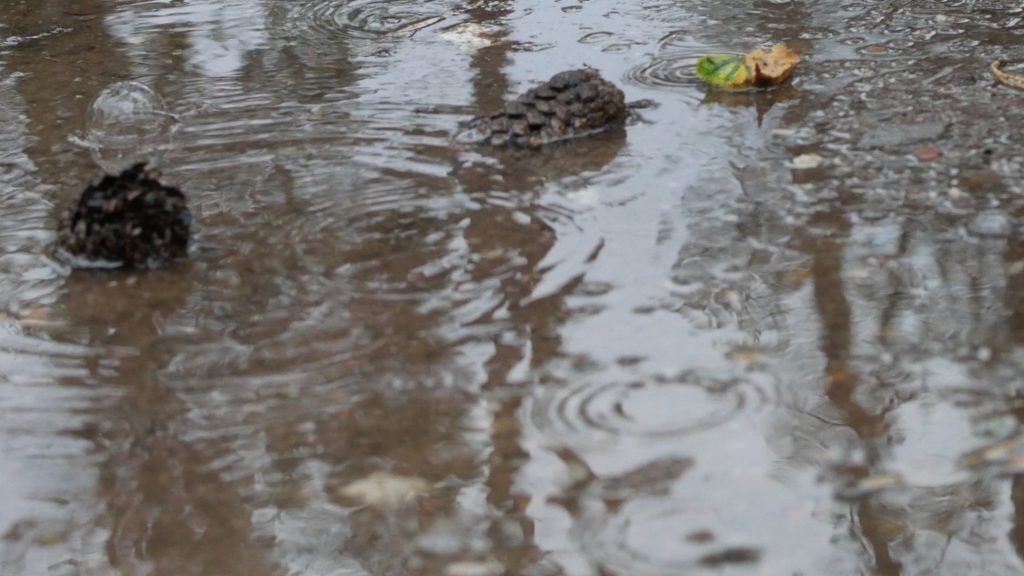
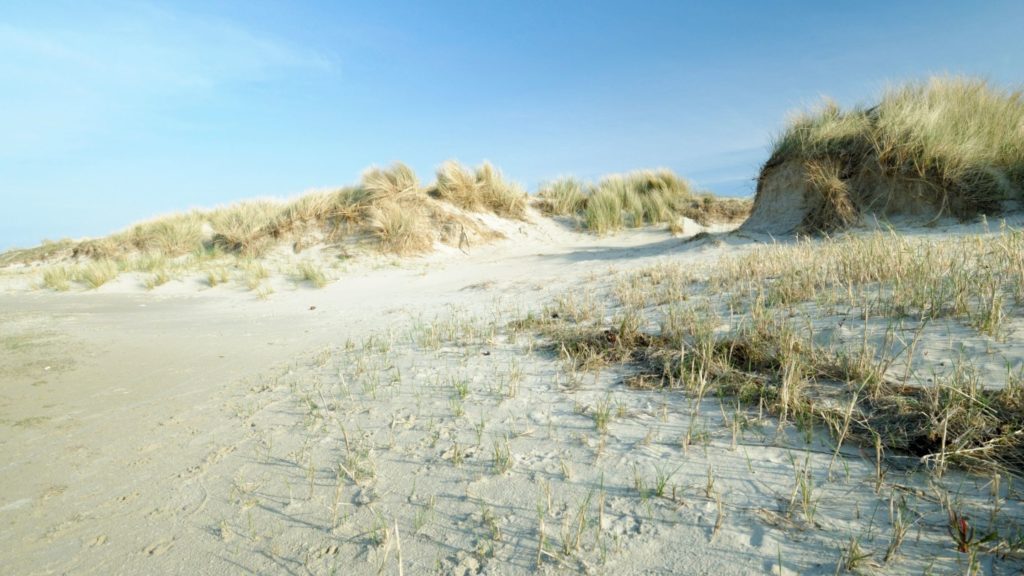
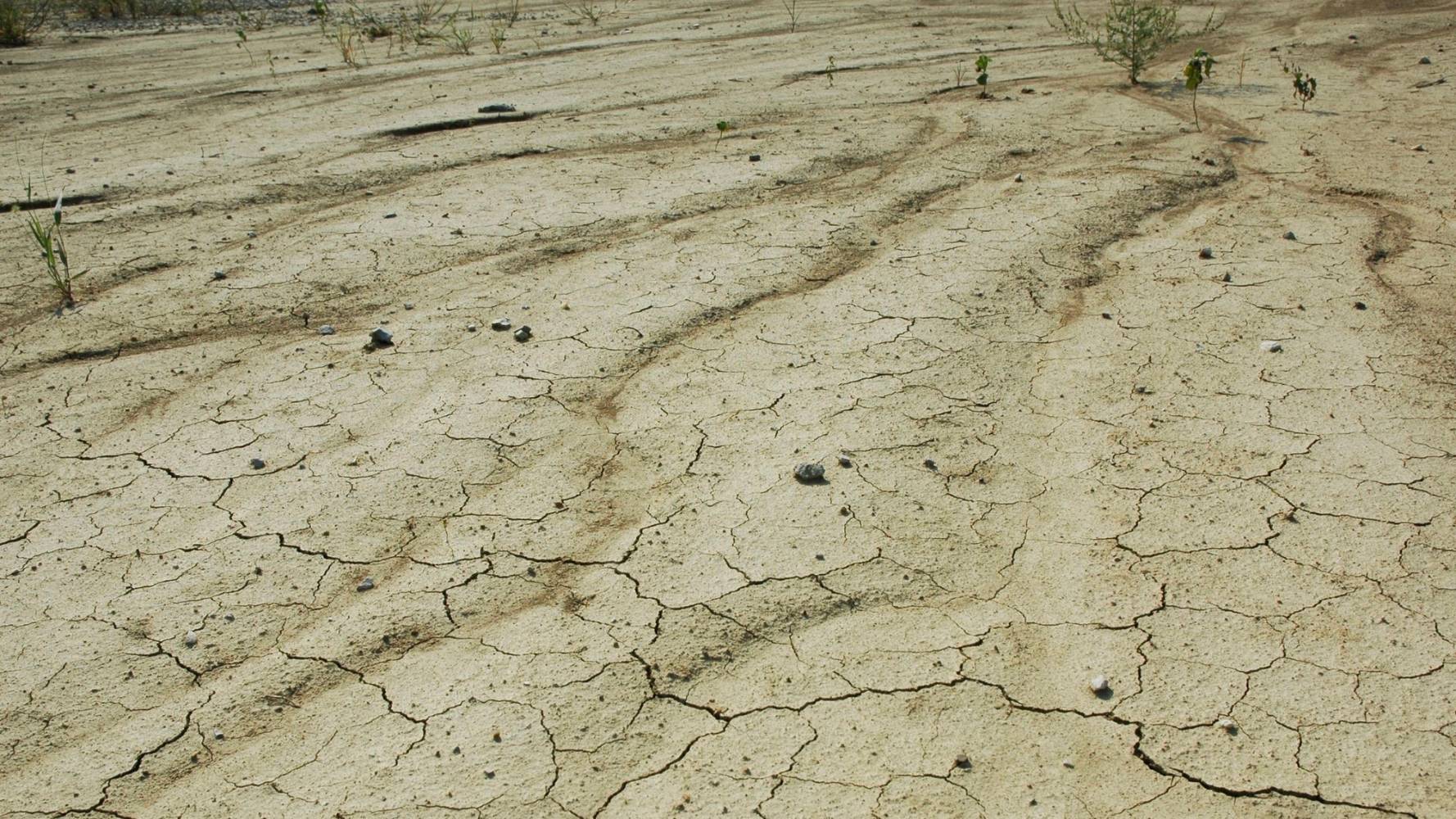
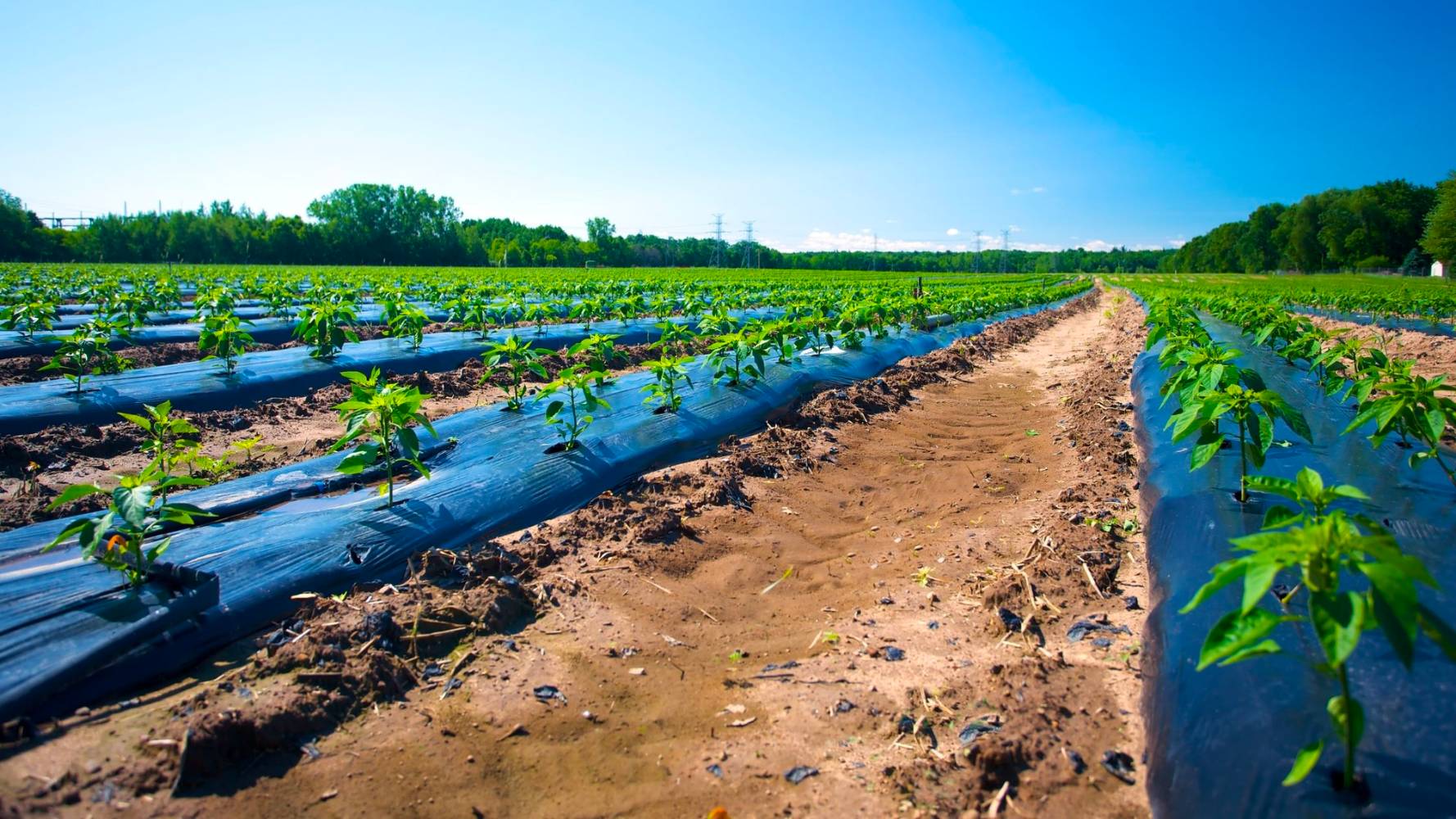
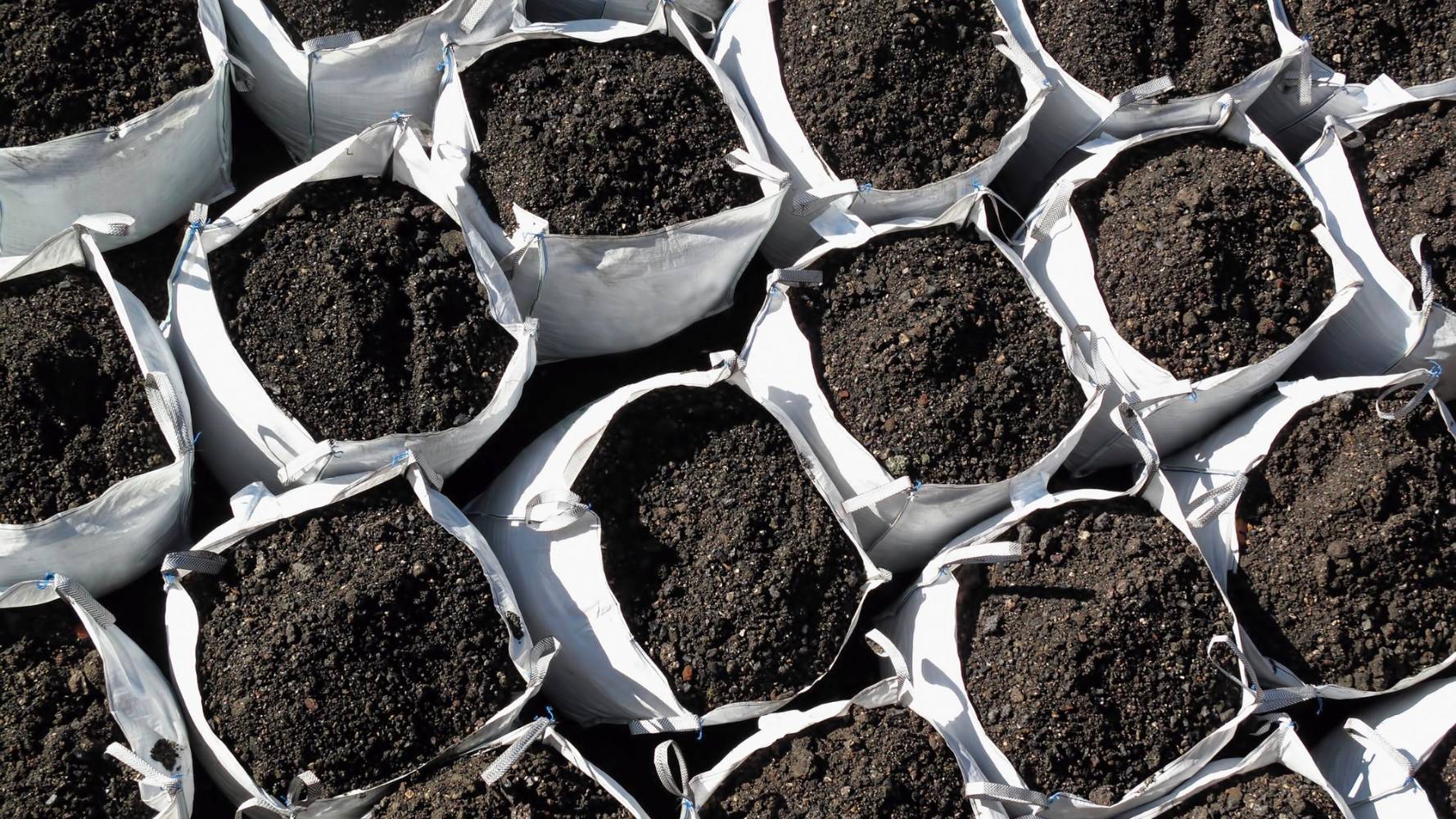
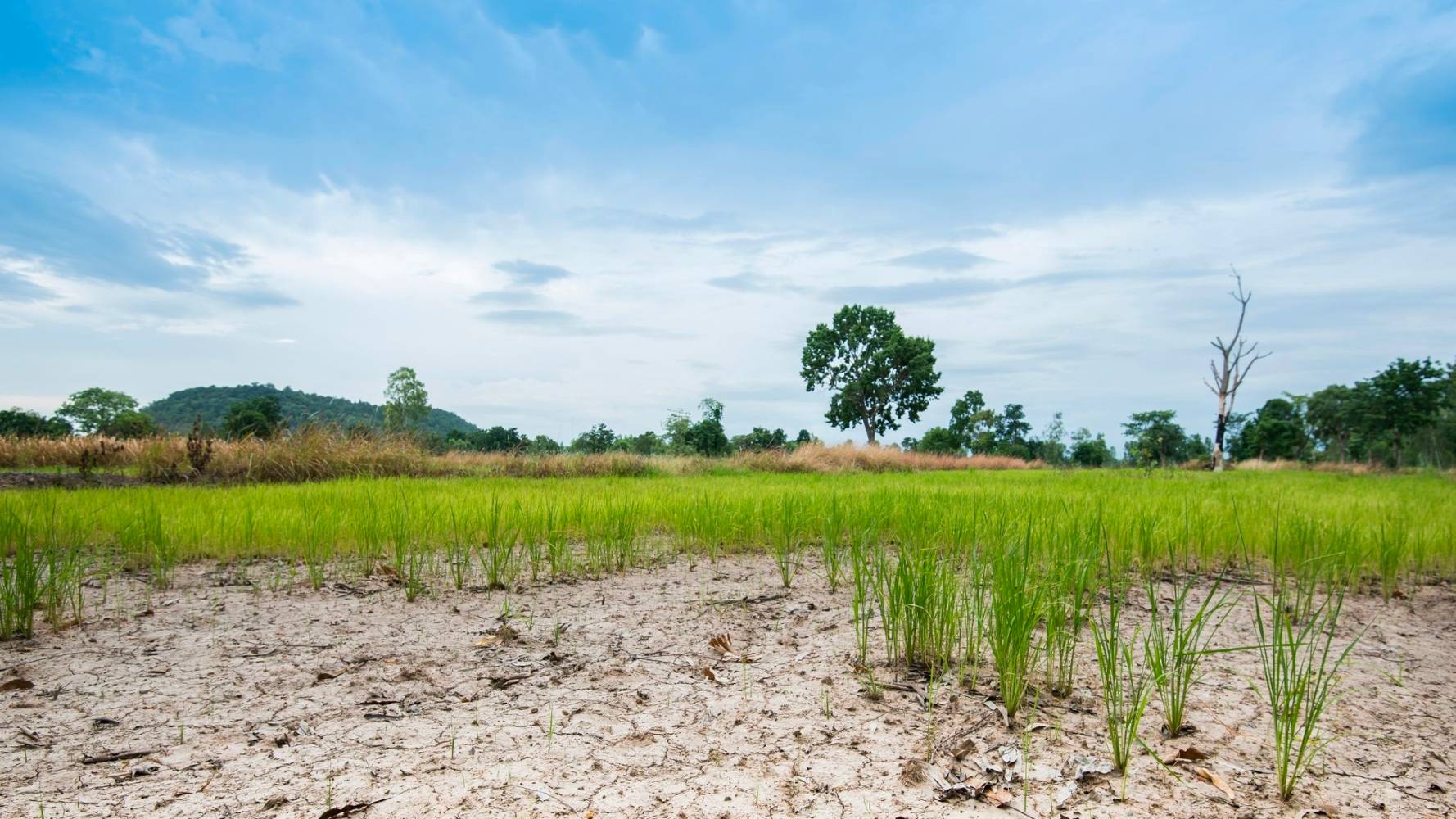
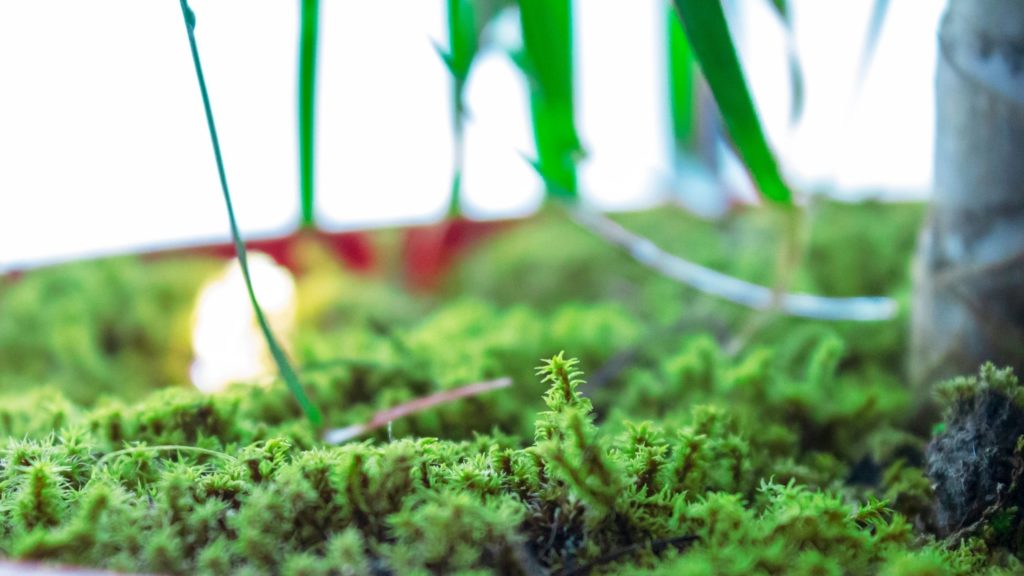




Leave a Reply